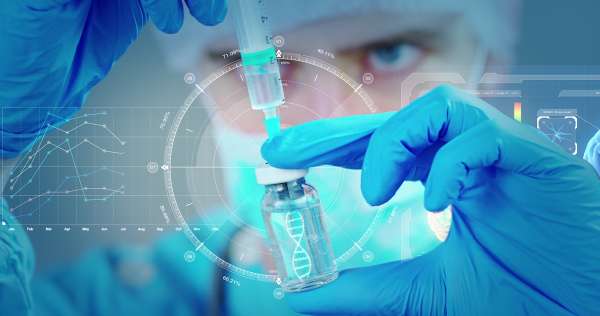Businesses operating in the life sciences sector, whether they are manufacturing medical products for onward supply or selling medical products to consumers, must ensure that such products are safe and comply with the relevant regulations.
In the UK, product safety is governed by a wide legal and regulatory framework, with certain high-risk products, such as medicines, being subject to additional rules.
For medicinal products, failure to comply with such laws and regulations can lead to:
- Civil liability based on:
- strict liability under the Consumer Protection Act 1987 (the CPA);
- negligence under the common law of tort, and
- Breach of contract (where there is a contractual relationship between the parties);
- Criminal liability:
- Under the General Product Safety Regulation, SI 2005/1803 (the GPSR), which provides that it is a criminal offence to place an unsafe product on the UK market or
- Under the Human Medicines Regulations 2012 (the HMR), which, among other things, set out specific rules for the advertising of pharmaceuticals, breach of which can result in fines and imprisonment.
Therefore, businesses should have a clear understanding of their legal responsibilities to the end users of the products they manufacture and bring to market and other entities in the supply chain.
Understanding those responsibilities will allow businesses to mitigate their exposure to civil (and potentially criminal) liability and minimise the risks of reputationally damaging product recalls or high-profile claims.
This article summarises some key aspects of the product liability regime relevant to the life sciences sector before considering how appropriate provisions in contracts can help manage the risks associated with product liability claims.





